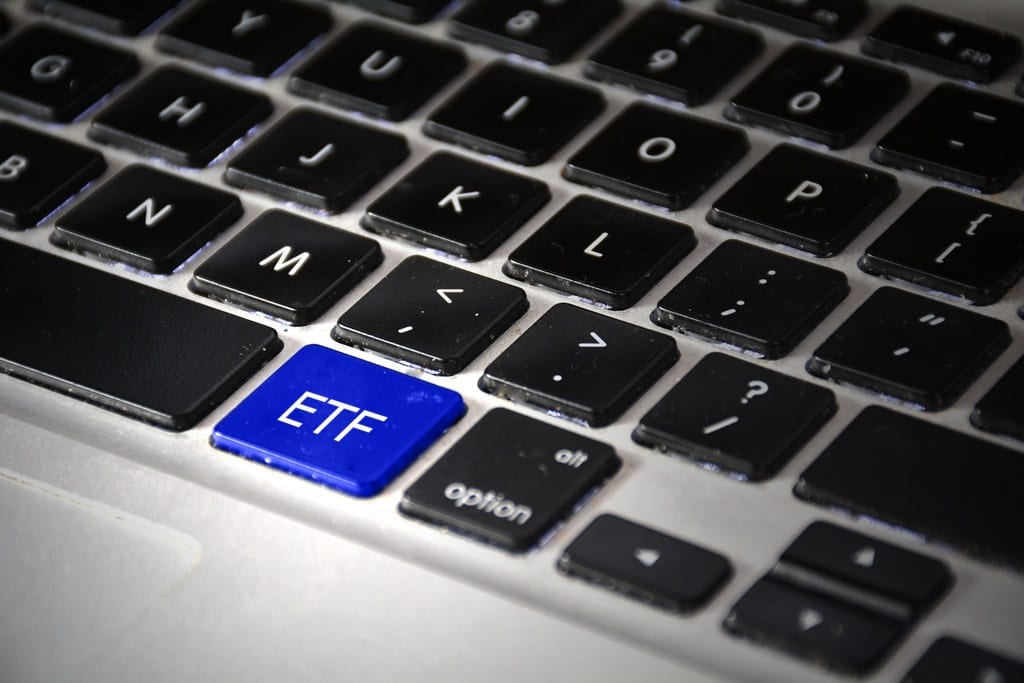Once your portfolio hit 500,000 or more, you then should begin to consider stepping away from mutual funds and allow a professional adviser to manage your money. Until that time you should consider the 5 reasons why having ETFs are the best way to build your 500,000 nest egg.
Number One: You will have an actively managed account by a team of professionals that will help your money to grow with out the worry of day to day trading yourself. These actively managed accounts can also be far less costly to you as the investor because these managers are often working with hundreds of millions of dollars of buying power, which means lower costs overall.
Number Two: Diversification is very important and ETFs can allow you to have funds within a number of different sectors and categories. As a result you then mitigate your risk since all your money will not be within one or two stocks.
Number Three: There are clear guidelines that these fund manager and companies that run the funds must follow, which allows you to have clear transparency into the activities that they are involved in, in bringing you a return on your investment.
Number Four: Continuing in the vein of diversification, you can offset continued risks by purchasing into funds which represent varying degrees of risk. That is, best large cap funds versus best index funds can be very different but blending them can create a healthy portfolio based on your needs.
Number Five: ETF Funds are very accessible to the mainstream investor and can carry significant reductions in costs. Whereas you can receive allot of costs with individual stock, bond and commodities purchases. There are two ways in which you purchase into these funds; load and no-load. Each can have its benefits, so consulting with a professional adviser is always recommended.
As you can easily see, these are just 5 of the many reasons why you should be investing in ETFs until your portfolio has reached the magic value of 500,000. Again, diversification does provide you with the opportunity to reduce the risks involved in investing into the market.
